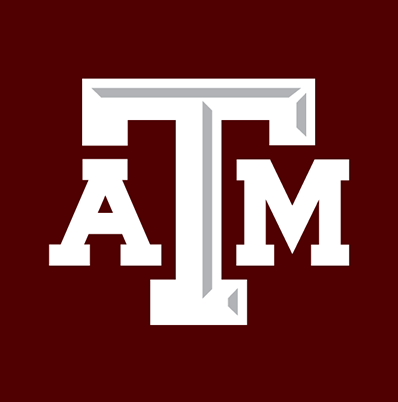In June, most of the Student Life Studies staff attended the NASPA Assessment and Persistence Conference where student affairs assessment professionals, institutional researchers, faculty, and administrators came together to talk about the pressing student success issues and what we know from assessment to address some of those issues.
As I was reflecting back on what I learned and how I would use that, several key points stuck with me. First, Tia Brown McNair, from AAC&U, spoke about the difference of being “campus ready” and “student ready.” Most campuses think in “campus ready” terms: are students ready to attend our college? They may not have put things in place to be student ready: What has the campus done to prepare for entering students? Do campuses even know about the students who are entering and what their needs are? What policies and practices are in place that could inhibit success? What biases and assumptions do we have as educators about different demographic groups on our campuses? How do we understand and build upon student assets (rather than focusing on a deficit model)? I think we have to continually challenge ourselves and others to disaggregate data and ask ourselves how a policy/plan may impact specific groups (first-generation, low socio-economic status students, transgender students, students with children, etc.).
One of the other key points is that language is important. Are we all speaking the same language? For example, take a moment in your head to define “first-generation college student.” What is your definition? Neither parent received a four year degree? Neither parent earned a four year degree in the United States? Neither parent has any form of higher education? Does it include nuances for biological parents, guardians, other family members? The more you think about the intricacies of today’s family structure, the more it can be confusing. Do incoming students even know that they are first generation (however you choose to define it)? There are also nuances to First Time in College, transfer students, etc., especially if you consider how students may be getting college credit for experiences, such as being in the military. And then there is “non-traditional” student…. The changing demographics on most campuses these days seem to be making the “non-traditional” the traditional. Students may be older, have families, have been in the military, have significant work experience, attending part-time and working full-time, etc. They are not a monolithic group within “non-traditional.” Before we assess, we need to know how our variables and population are defined.
The last key point for today is that data will continue to be a hot topic. Who has it? Who wants it? How do we share it? What are the ethics around it? Does predictive modeling make assumptions about particular individuals that is damaging? Many campuses are trying to figure out how to combine data to provide a comprehensive picture of students, so there can be successful interventions created and decisions made with evidence. We have to be responsible using it so that we are not drawing incorrect conclusions to the detriment of students.
The conference provided a lot of opportunity to consider where we are going in higher education and what data we need to determine appropriate interventions. Next year, the 2019 conference will be combined with several others to provide a broad focus (and specific tracks) focused on student success, first-generation college students, financial well-being, and more. Lots of information to reflect on!

